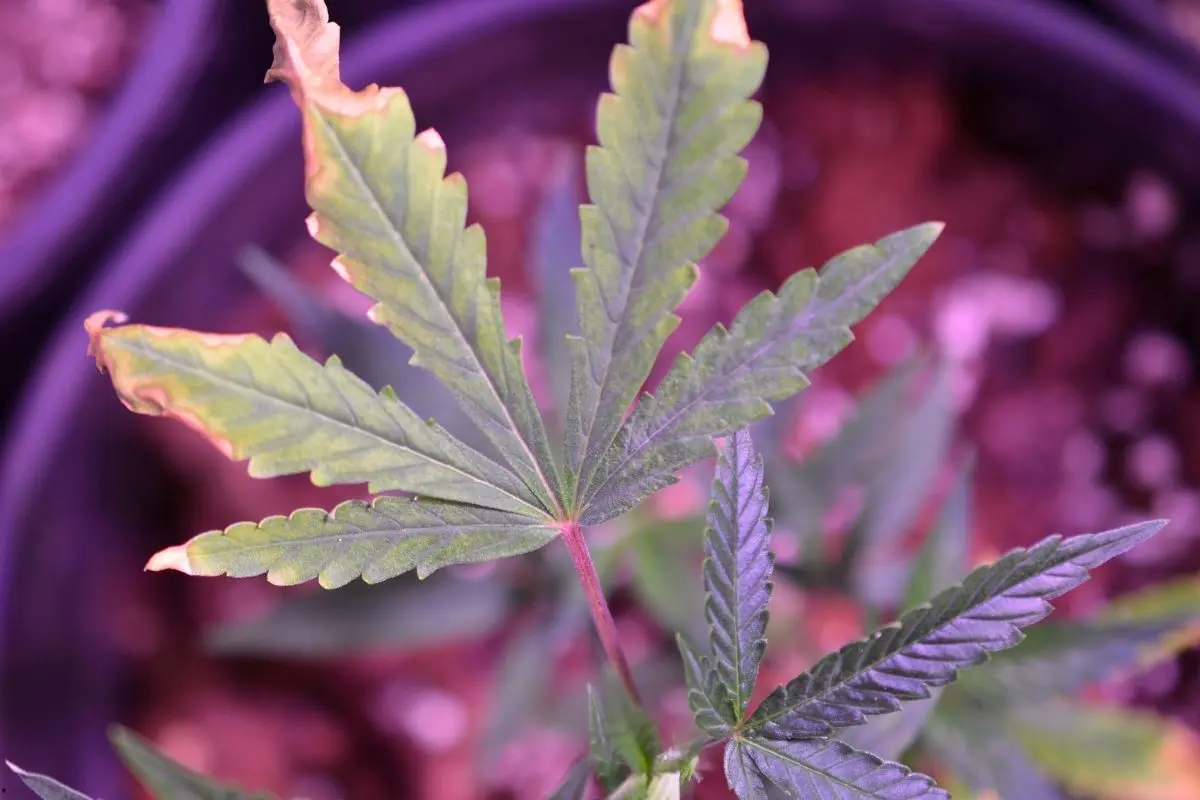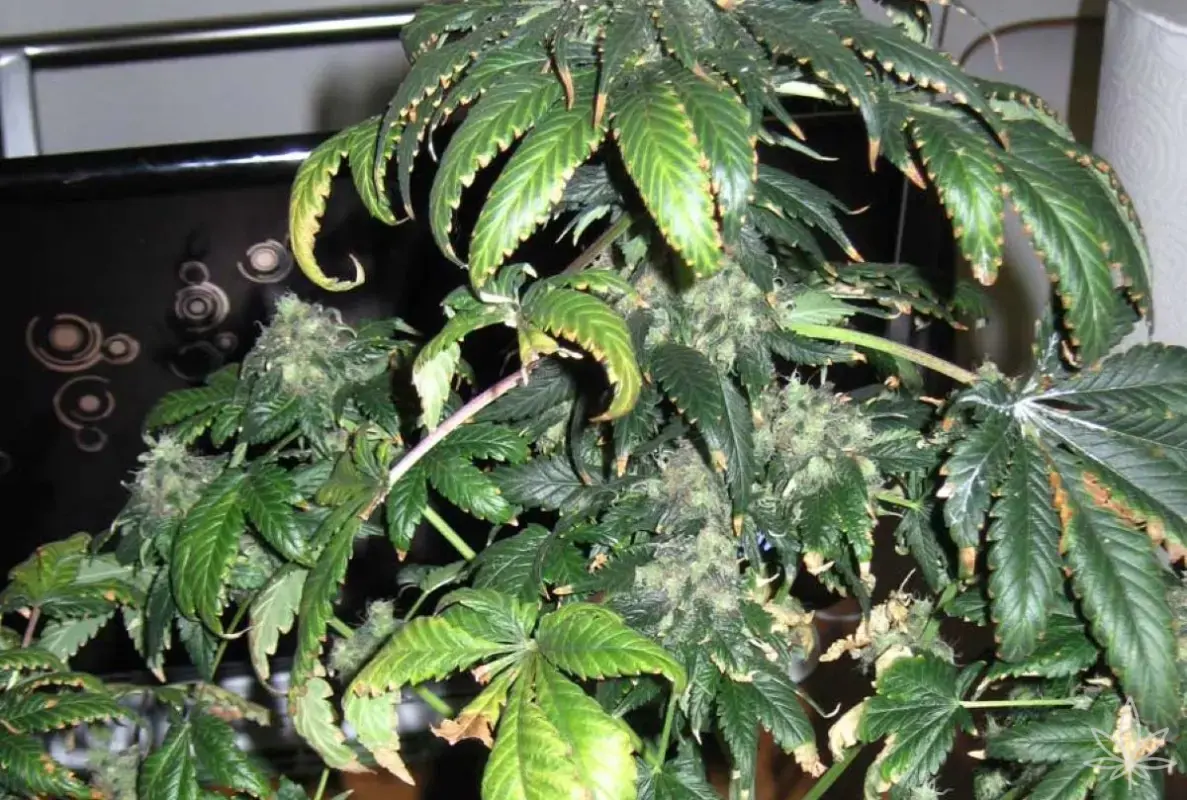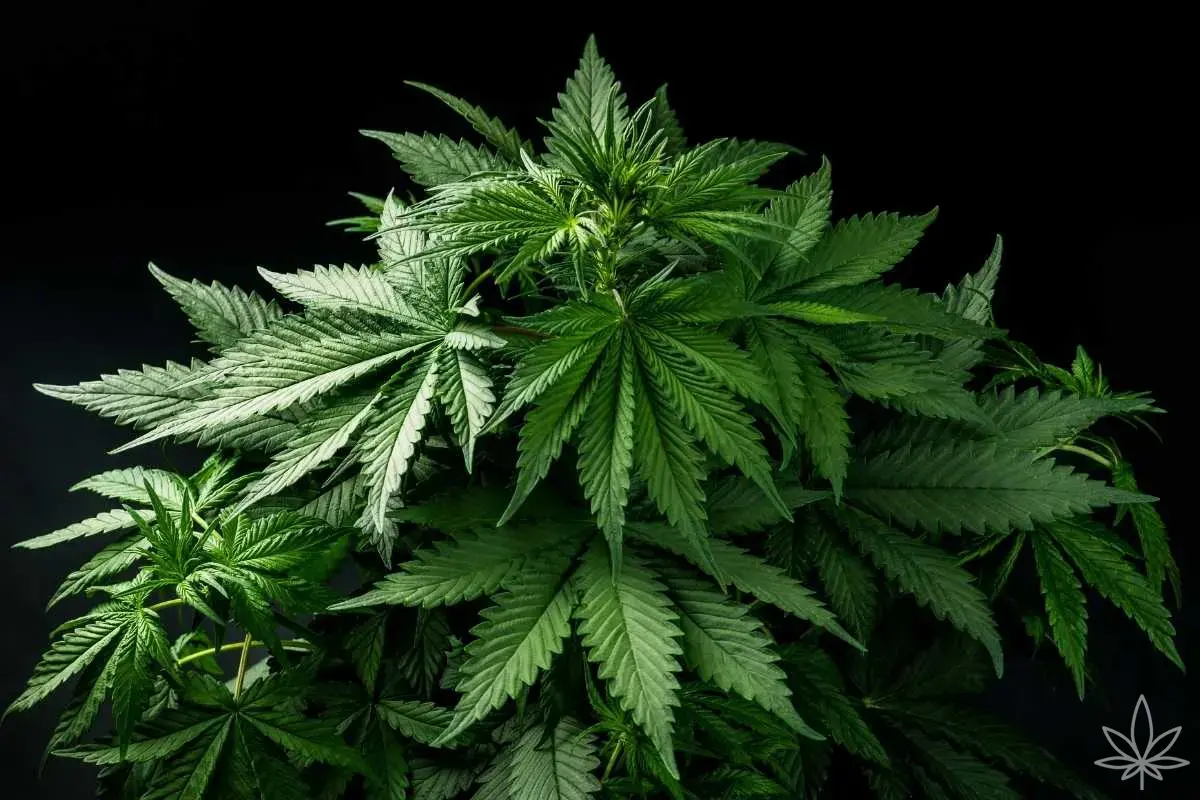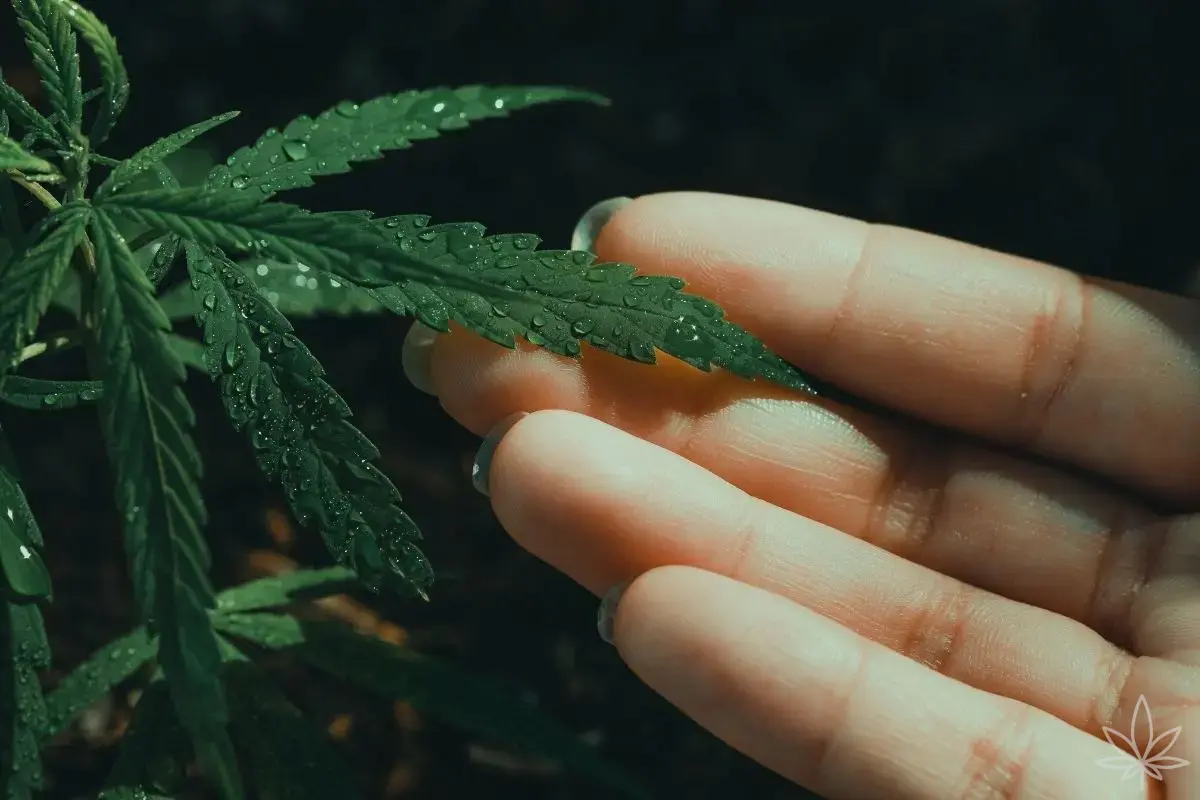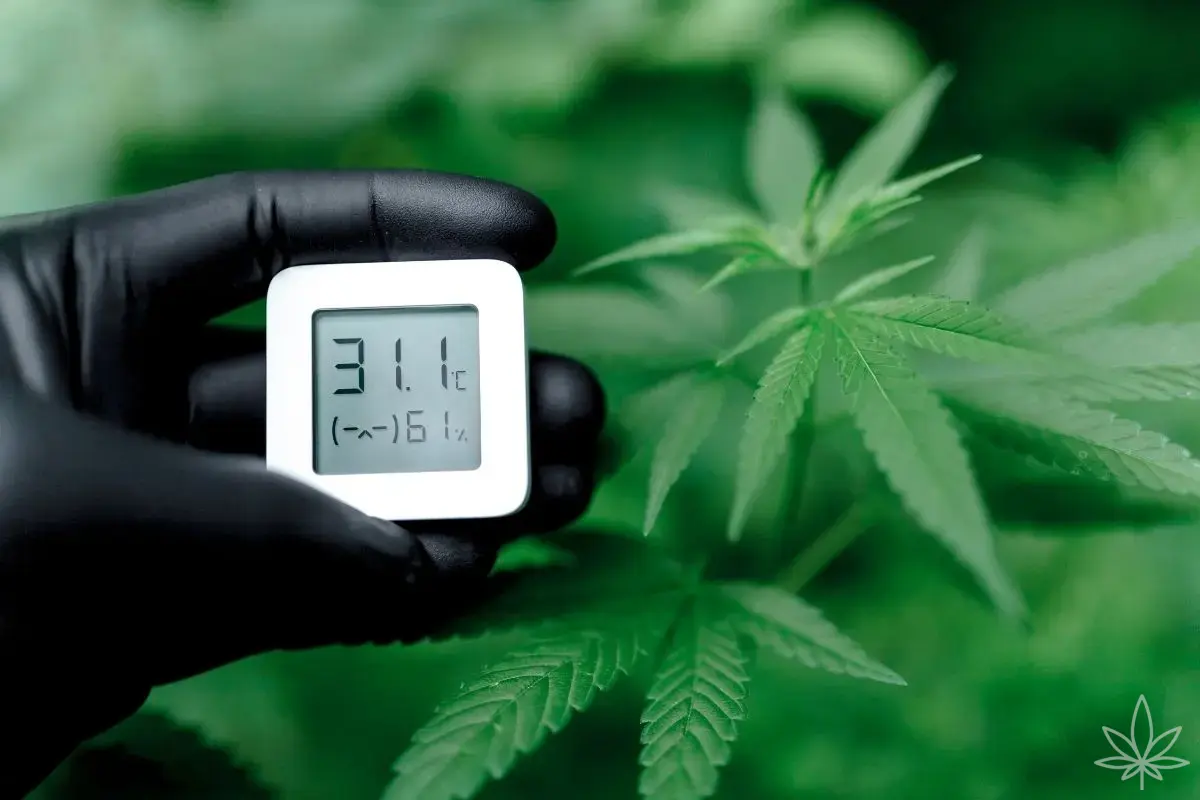Sometimes everything’s growing great… until, suddenly, panic hits: brown tips, weird colors, burnt edges, maybe some crispy leaves. Is it blight? Fungus? Disaster? Keep calm! Most of these issues—especially in young or newly transplanted plants—are what growers call physiopathologies: stress responses to the environment or our own grow mistakes, not real infections.
Quick How-To: Is It Not a Disease?
1. Tip Burn (Nutrient Burn)
What it looks like: Classic brown, burnt tips—usually on the youngest leaves, just the very ends. Rest of the leaf looks healthy.
Cause: Overfeeding, especially with nitrogen or potassium; too high EC in the soil.
What to do:
Check your nutrient strength—lower your EC!
Flush with plain water to rinse out salts.
Less is more—better to underfeed than overfeed.
Common Grower Mistake: Mistaking it for a deficiency (“It’s brown, I’ll add more!”). NO—true deficiencies usually turn leaves yellow, not brown and crispy at the tips.
2. Light Burn
What it looks like: Golden-yellow or bleached patches on upper/facing leaves, sometimes with dry or brittle edges. The leaf may curl down or veins turn dark.
Cause: LED/HPS hung too close, too much light intensity, or reflective surfaces.
What to do:
Raise the lamp or lower the plant.
Turn down the dimmer/power.
The plant will recover on its own once the cause is removed.
3. Heat Stress
What it looks like: Leaves become wavy or “taco” up at the edges, develop yellow/gray patches, wilt in the heat even with watered roots.
Cause: High temps (>28–30°C), especially under lights or in greenhouses, not enough airflow.
What to do:
Open a window, boost ventilation, humidify the air (never mist leaves!).
Use a humidifier or partial shading on the hottest days.
4. Salt Stress / Salinization
What it looks like: Curled leaf tips, whitish salt crust on pots, leaves look dull, brown tips appear throughout the plant (not just the top!).
Cause: Buildup of salt from fertilizers, hard water, not flushing often.
What to do:
Do a flush (run plenty of fresh water through the soil).
Cut back on nutrients; check runoff EC and pH.
Consider fresh soil or less bottled fertilizer.
Easy to Misinterpret: Salt stress is often mistaken for a big disease—usually, a good “root rinse” is all you need!
Super-Quick Diagnostic Table
| Symptom | Most Likely Cause | First Action |
|---|---|---|
| Brown leaf tips | Tip burn (overfeeding) | Flush, reduce feeding |
| Bleached upper leaves | Light burn | Raise/move light |
| Wilting/taco leaves | Heat stress | Air out grow room |
| Brown tips & salt crust | Salinity | Flush, less fertilizer |
Classic Grower Mistakes & Panic Zones
Adding nutrients when you’ve already overfed: “It looks bad—I’ll feed more!” (No—makes it worse!)
Leaving lights on full blast: “More light = better harvest.” Not always true!
Not ventilating for fear of losing CO₂: Plants need fresh air just like you do!
Ignoring salt crust on pots: It means your soil needs a rinse—don’t wait!
FAQ: Cannabis Physiopathologies
Are brown tips always a disease?
No, they’re tip burn—almost always from too much fertilizer!
Is light burn reversible?
Yes. If you move the light in time, new growth will be perfect.
Should I cut off burnt tips?
Usually not needed—if there’s no visible mold, the leaf will finish its job; only remove if totally dried and dead.
How often should I flush soil?
Every 2–3 weeks is ideal in indoor mineral setups; it works wonders for root health.
Where to look for root causes first?
Always check your own routines—feeding, lighting, temperature—before blaming disease!
Summary
Most physiopathologies in cannabis come from overdoing it—too much food, too much light, not enough air. These issues aren’t infections—so stay calm, observe, and try the simplest fix first before reaching for fungicides or pruners. Your plants will thank you for a little common sense—and you’ll rest easy watching them thrive!

